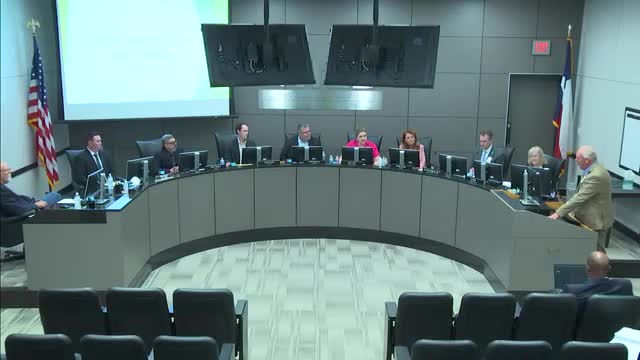HEB ISD leaders urge lawmakers to reconsider House Bill 2 funding structure
May 20, 2025 | HURST-EULESS-BEDFORD ISD, School Districts, Texas
Thanks to Scribe from Workplace AI , all articles about Texas are free for you to enjoy throughout 2025!

This article was created by AI using a video recording of the meeting. It summarizes the key points discussed, but for full details and context, please refer to the video of the full meeting. Link to Full Meeting
Board members expressed frustration over the Senate version of House Bill 2, which they believe does not provide adequate funding for teacher raises or the benefits that accompany them. One board member noted that some districts might prefer no funding at all rather than the restrictive financial terms outlined in the Senate proposal. This sentiment underscores a growing concern that the current funding model may leave districts in a precarious financial position.
The board anticipates needing to draw approximately $26 million from set-aside funds to balance the budget if no additional funding is secured. While House Bill 2 promises record amounts of funding for school districts, board members pointed out that the prescriptive nature of the bill limits how these funds can be utilized. They emphasized that while teacher compensation is a priority, rising operational costs—such as insurance premiums that have doubled or tripled in recent years—also require attention.
The board collectively agreed on the necessity of advocating for a more flexible funding approach that aligns with the original intentions of House Bill 2. They believe that a more balanced funding strategy would better support both teacher salaries and the broader financial needs of the district. As the board prepares to engage with state lawmakers, they aim to communicate the importance of addressing these financial challenges to ensure the sustainability of educational programs in HEB ISD.
In conclusion, the discussions at the HEB ISD Board meeting reflect a critical moment for the district as it navigates the complexities of state funding and its implications for teachers and operational costs. The board's proactive stance in reaching out to lawmakers may play a pivotal role in shaping future funding strategies that adequately support the educational needs of the community.
Converted from Regular Board Meeting 5-19-25 meeting on May 20, 2025
Link to Full Meeting
Comments
View full meeting
This article is based on a recent meeting—watch the full video and explore the complete transcript for deeper insights into the discussion.
View full meeting
